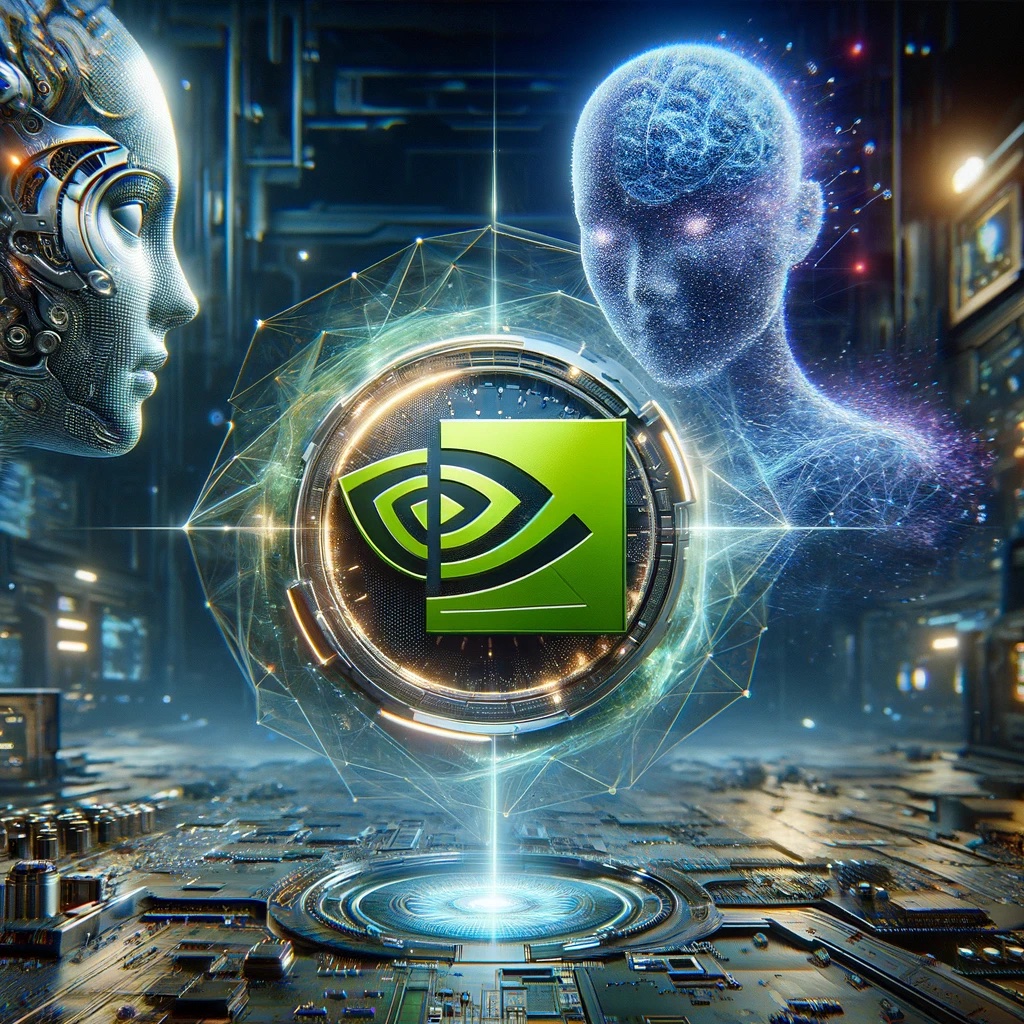
Unveiling the Digital Magic: A Dive into the 3D Rendering World
Welcome to the mesmerizing realm of 3D rendering, where pixels come alive and imagination knows no bounds. The 3D rendering industry encompasses a diverse range of applications, from creating lifelike visual effects in movies to crafting immersive virtual environments for video games and architectural simulations. Through the wizardry of computer graphics, artists and technologists collaborate to bring fantastical worlds and realistic scenes to life with stunning detail and precision.
Fueling Innovation: The Engine Behind Competitive Edge
In a fast-paced digital landscape, innovation serves as the lifeblood that propels companies forward in the fiercely competitive arena of 3D rendering. With technology evolving at breakneck speed, staying ahead of the curve is not just an advantage but a necessity for firms looking to make their mark in an industry where creativity meets cutting-edge technology. By pushing boundaries, experimenting with new techniques, and embracing emerging trends, companies can carve out their niche and set themselves apart from the competition.
Pixar Animation Studios
Pixar Animation Studios has long been revered for its pioneering advancements in CGI technology, setting the benchmark for visual storytelling in animated films. From the groundbreaking success of “Toy Story” to the visually stunning landscapes of “Coco,” Pixar continues to push the boundaries of what is possible in computer-generated imagery.
Their commitment to innovation is seen not only in their creative storytelling but also in their industry-leading rendering software development. By constantly improving their rendering technologies, Pixar ensures that each frame is meticulously crafted with unparalleled detail and realism.
Industrial Light & Magic (ILM)
Industrial Light & Magic (ILM) stands at the forefront of creating cutting-edge visual effects that have redefined blockbuster films across generations. Known for their work on iconic franchises like Star Wars and Jurassic Park, ILM combines artistry with technical expertise to deliver breathtaking visuals that captivate audiences worldwide.
In addition to their mastery of visual effects, ILM has embraced virtual production techniques to bring a new level of realism to their renders. By seamlessly integrating virtual elements into live-action footage, ILM blurs the line between reality and imagination, setting a new standard for digital filmmaking.

NVIDIA Corporation
NVIDIA Corporation has revolutionized the 3D rendering industry with its innovative technologies that have redefined real-time graphics capabilities. Through their RTX technology, NVIDIA has made significant strides in real-time ray tracing, bringing cinematic-quality visuals to interactive applications like video games and architectural visualization.
Furthermore, NVIDIA’s advancements in AI-driven rendering have paved the way for enhanced realism and efficiency in rendering workflows. By harnessing the power of artificial intelligence, NVIDIA enables artists and developers to achieve unprecedented levels of detail and immersion in their rendered scenes.
Factors Driving Innovation in the Industry
In the dynamic world of 3D rendering, several key factors are propelling innovation at a rapid pace. One major driver is the insatiable demand for hyper-realistic visuals in both entertainment and marketing. Audiences today crave immersive experiences that blur the line between reality and fiction, pushing rendering firms to continuously raise the bar in terms of visual fidelity and detail.
Demand for Hyper-Realistic Visuals in Entertainment and Marketing
From high-octane action sequences in blockbuster films to stunning product visualizations in advertising campaigns, there is an ever-growing need for 3D rendering that captivates and mesmerizes viewers. With advancements in technology enabling incredibly lifelike renderings, consumers now expect nothing short of perfection when it comes to visual content.
Technological Advancements such as GPU Acceleration and Cloud Rendering Services
The landscape of 3D rendering is constantly evolving thanks to groundbreaking technological advancements like GPU acceleration and cloud rendering services. These innovations have significantly boosted processing speeds, allowing for real-time rendering capabilities and complex simulations that were once unthinkable. With the power of cloud computing at their fingertips, rendering firms can now tackle projects of unprecedented scale with ease.
Competition among Firms to Push Boundaries and Set New Industry Standards
In a fiercely competitive industry where innovation reigns supreme, rendering firms are constantly vying to outdo one another by pushing boundaries and setting new industry standards. This healthy spirit of competition fuels a cycle of continuous improvement, driving firms to explore uncharted territories in pursuit of cutting-edge techniques and technologies. As a result, consumers stand to benefit from a market flooded with top-tier renderings that redefine what is possible in the realm of visual storytelling.

Summarizing the Leaders in 3D Rendering Innovation
In a world where visuals reign supreme, the top 3D rendering firms are at the forefront of innovation, shaping the way we experience digital content. Pixar Animation Studios, with their groundbreaking CGI technology and relentless pursuit of excellence, continues to set the bar high for creativity and technical prowess.
Industrial Light & Magic (ILM) stands out for its mastery of visual effects in blockbuster films and its seamless integration of virtual production techniques to push boundaries further. NVIDIA Corporation’s dedication to real-time ray tracing and AI-driven rendering has revolutionized the industry, paving the way for hyper-realistic visuals that were once only a dream.
These leading firms not only excel in their respective fields but also inspire others in the industry to reach new heights. Their commitment to innovation ensures that we can look forward to even more breathtaking visual experiences in the future.
As technology continues to evolve, so too will our ability to create immersive worlds that captivate audiences worldwide. The future of 3D rendering is bright, thanks to these visionary pioneers who dare to imagine what was once thought impossible.